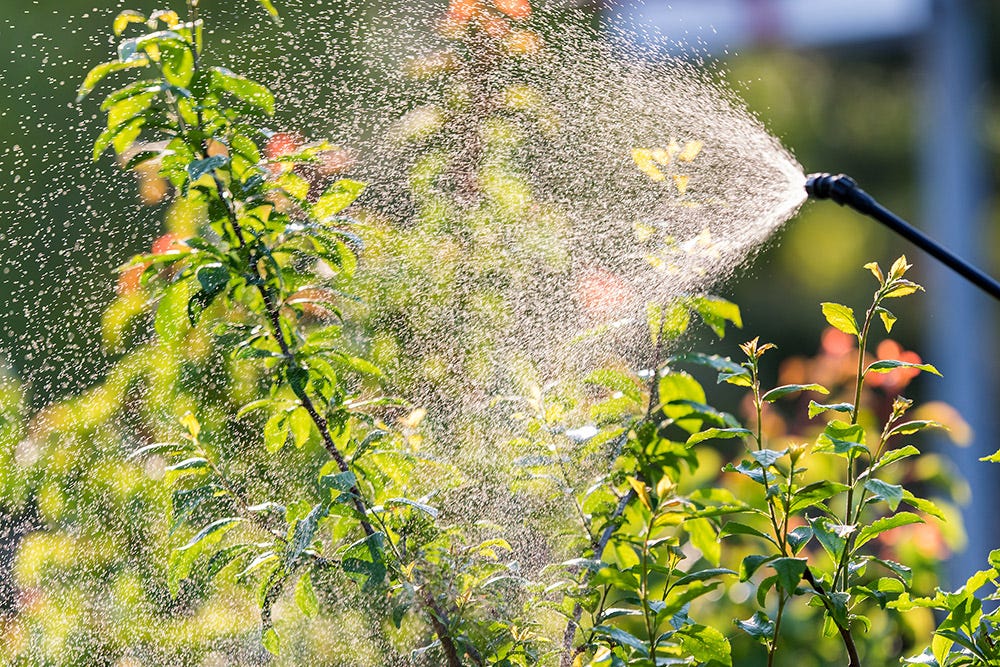
While the possibility of weeds is an inevitable part of gardening, you can minimise the chance of them taking root with our top tips.
1. Water less often in greater quantities
Newborn weeds have short roots which absorb water in the surface of the soil. It is best to water less frequently, using larger quantities of water, so the hydration penetrates the soil at a deeper level, nourishing your chosen grass roots instead of the young roots of weeds.
2. Let grass grow slightly longer
Letting your grass grow taller during the spring and autumn months helps to keep the surface of the soil shaded. This decreases the chance of weeds spreading, because their progress is inhibited by the lack of sunlight needed for energy production.
3. Fertilise with care
It’s important to avoid over-fertilising your lawn when weeds are present, because spreading too much fertiliser feeds the weeds as well as the grass. Make sure you always check your grass for weeds before adding any fertiliser.
4. Bag up and dispose of grass cuttings
If your lawn has a few weeds, it’s important not to use a mulching mower. The mower will cut and distribute the grass and weed clippings as you mow, inadvertently spreading weed seeds all over your garden. Make sure you either remove all weeds from the lawn before you mow, or bag up and dispose of grass cuttings when you finish.
5. Typical spring and autumn grass weeds
Annual bluegrass (Poa annua), rough bluegrass (Poa trivialis) and common chickweed (Stellaria media) are grass weeds that thrive during the milder weather of autumn and spring. Knowing what to look out for will help you in the fight against weeds.

Protecting your plants from pests is crucial but knowing the safest and most effective approach can be daunting, especially when it comes to using chemicals. We’ve created an easy-to-follow guide on how to use insecticides and pesticides safely, so you can be confident in your approach and application.
